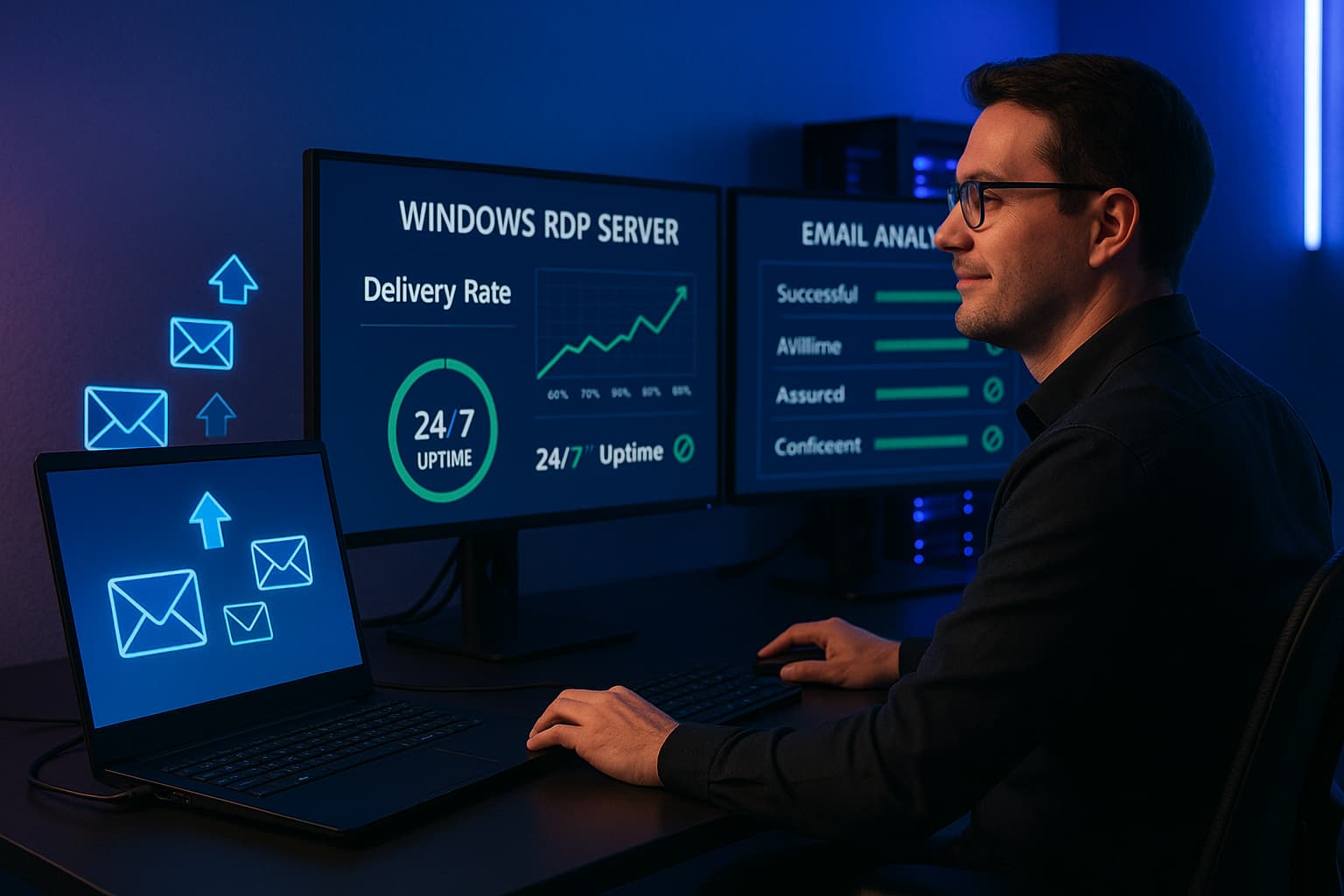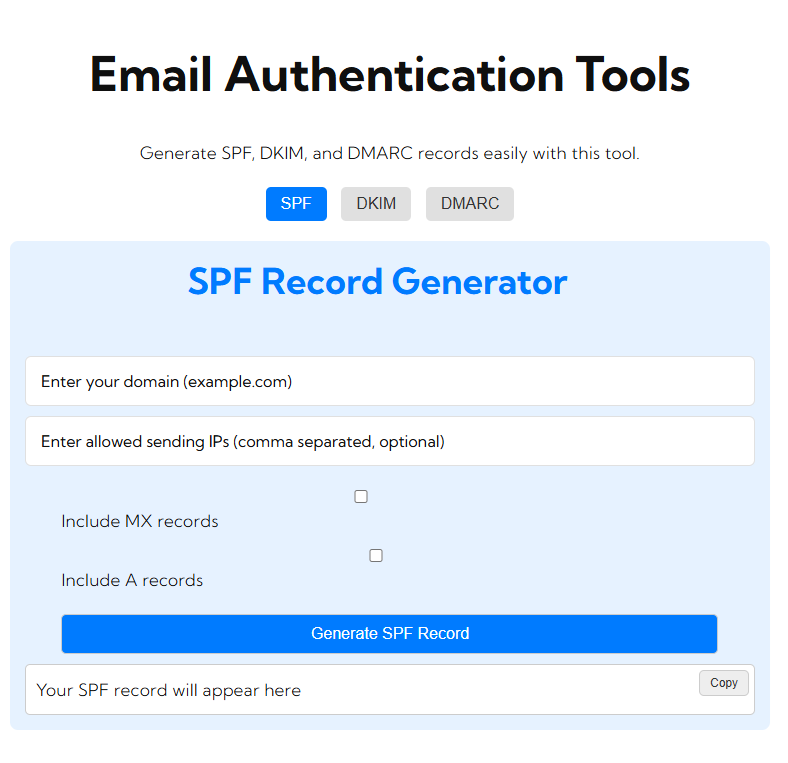Today, in the digital world, email marketing is quite one of the top options for reaching a large number of people, A free bulk email campaign is a fabulous option for many businesses or individuals who are just getting started in the business arena without adding extra dollars to their expenses. Whether it is to send out a product or updates or just your newsletter, bulk emailing allows you to reach multiple recipients at the same time.
In this blog, we are going to guide you through the process of sending free bulk emails. The tools that can be used for this and how to ensure your mail gets delivered and read by your target audience.
What is Bulk Email?
In bulk email, a single email is sent out to thousands of recipients at the same time. This is one of the options when an email marketing campaign, newsletters, promotions for a product, or important announcements are being sent out. Instead of sending out one to one emails, you can automate this and reach thousands of people all at once.
Bulk emailing is also very cheap in terms of marketing, and it is bound to become an expensive tactic if one approaches it wrong, such as having spam mark emails.
Why Use Free Bulk Emails?
This holds true to the following: If you are just starting out or operating on a really low budget, you can begin sending free bulk emails without having to spend your hard-earned cash. Most ESPs allow for free plans that limit their feature sets but give users the ability to send mass emails to extensive lists of recipients. This is perfect for small businesses, startups, bloggers, and people looking to interact with your audience without breaking the bank.
Top Free Tools for Sending Bulk Emails
Here’s a sneak peek into some of the top free services providing bulk emails:
1. Mailchimp
Mailchimp. Mailchimp is a popular email marketing service. You can send up to 10,000 emails per month to 2,000 subscribers in its free version. What makes it even more attractive is the dozens of templates, A/B testing, and analytics for email performance.
- Free Plan Limit: 2,000 subscribers, 10,000 emails monthly
- Features: Email templates, analytics, automation, simple A/B testing
- Best For: Small businesses, bloggers and startups
2. Sendinblue
Sendinblue is offering a free plan that will enable you to send up to 300 emails per day. There isn’t any limitation about your number of subscribers but the cap for daily sends makes it better for people that send very few emails but desire more control over deliverability and segmentation.
- Free Plan Limit: 300 emails per day
- Features: Custom templates, SMS marketing, automation, detailed reporting
- Best For: Businesses that need to send both email and SMS marketing messages
3. MailerLite
Mail Lite free plan will allow sending up to 12,000 emails per month to as many as 1,000 subscribers. It has such features as email builders in a drag-and-drop format, audience segmentation, and even automation that makes the tool pretty handy for novice users.
- Free Plan Limit: 12,000 emails per month, 1,000 subscribers
- Features: Drag-and-drop editor, automation, segmentation, analytics
- Best For: Small businesses and personal use
4. Moosend
Moosend is an email marketing service that offers a free plan that translates to sending unlimited emails to as many subscribers as 1,000. In addition, it offers automation workflows, landing page builders, and reporting at a detailed level.
- Free Plan Limit: unlimited emails to 1,000 subscribers
- Features: Automation, analytics, landing page creation
- Best For: Small to medium-sized businesses
5. Benchmark Email
Benchmark Email provides a free plan which can send 3,500 emails per month up to 500 contacts. It gives you very responsive templates and email marketing tools which are extremely easy to use. That makes it a good package for beginners.
- Free Plan Limit: 3,500 emails per month, 500 contacts
- Features: Responsive templates, list management, reports
- Best For: Beginners and personal use
How to Send Free Bulk Emails Step by Step
Step 1: Choose an Email Marketing Platform
Select a free email marketing service that suits your needs. If you have a small subscriber list, use Mailchimp or MailerLite. And when you are in need of advanced features like automation or SMS, choose Sendinblue.
Step 2: Import or Build Your Email List
First, you need to import your existing email list (if you have one) or build a new one. Most of the email marketing tools will allow you to upload contacts from a CSV file, manually add, or connect via other integrations. Never forget that only send emails to people who have opted in to get your messages to avoid violations of regulatory acts such as GDPR or CAN-SPAM.
Step 3: Build Your Email Campaign
Now that you have your list, it is time to create your email. Most platforms offer drag-and-drop builders or customizable templates making email creation a walk in the park. Remember to:
- Personalize your emails with recipient’s names or other relevant information.
- Use a clear subject line compelling enough to get recipients to open your email
- Make sure your content is relevant and engaging for your audience
- Segmentation – Free services, like ‘Mailchimp,’ usually allow you to categorize your audience based on their interest, demographics, or purchase history. In this manner, each group receives the content they need the most, hence opening and engaging better with the email.
Step 5: Test and Send Your Email
Test your email before you hit send. Most sites will let you use a test email to the sender or colleague to double-check for any unwanted typos, broken links, or bad formatting.
Once you’re satisfied with your preparation, you can schedule or send your campaign.
Step 6: Track Your Results
Now that you have sent your e-mail, track how well your campaign is doing through analytics tools provided by your mail platform. You would look for key metrics such as open rates, click-through rates, and bounce rates. Such data will help refine future campaigns.
Best Practices for Free Bulk Emailing
When sending bulk e-mails, best practices must be followed in order to maximize deliverability and not get marked spam:
1. Obtain Permission
Only email those who have subscribed to receive your emails. Unsolicited emails blur your reputation and can be a direct violation of anti-spam laws.
2. Double Opt-in
Double opt-in means that after signing up in your list of recipients, the recipient gets an email asking for confirmation of his subscription. This way, only those interested in your emails get on to your lists.
3. Clean Out Your Email List from Time to Time Clean out your email list of inactive subscribers. This will help you have more effective open rates and reduce the propensity of being marked as spam.
4. Make it Mobile-Friendly Many people check their emails through mobile devices. Make sure, therefore, your messages look good on both desktop and mobile screens.
5. Use a Clear Call-to-Action (CTA)
Make sure that the CTA on your email-clear and actionable-is either to visit your website, make a purchase, or sign up for an event.
6. Avert Spam Triggers
Sentences such as “Free,” “Buy now,” or “Limited time offer” are likely to set off your spam filters. Ensure that your content is relevant, yet not full of these words. Load your email with the important stuff.
Conclusion
Use free bulk emailing to reach your audience, market your business, or send important updates. With the right tools and best practices, you can successfully send a large volume of emails without spending a single penny. As your business grows, you can scale up to more advanced plans and features that will be better suited for your needs.
Remember, quality content is always king, and respect to subscribers’ preferences is crucial in gaining a totally engaged audience.






